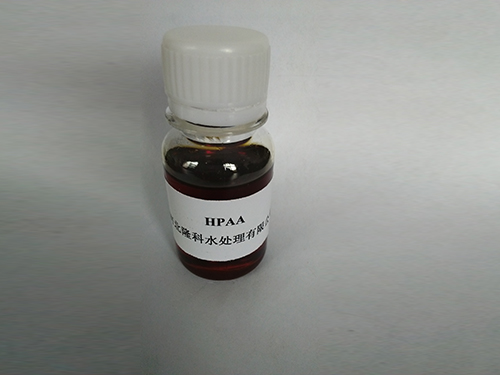Similar Compounds and Their Applications in Biocides and Preservatives
Chloroisothiazolinone (CIT) is a chemical compound that belongs to the family of isothiazolinones, which are heterocyclic compounds featuring a five-membered ring containing sulfur and nitrogen. Known for its antimicrobial properties, chloraisothiazolinone is widely used as a preservative in various industries, including cosmetics, personal care products, and industrial applications. This article explores the significance, applications, safety considerations, and regulatory framework surrounding chloroisothiazolinone.
One of the primary uses of chloroisothiazolinone is as a biocide in cosmetic formulations. Its effectiveness against a broad spectrum of microorganisms makes it a desirable choice for preventing the growth of bacteria, fungi, and yeasts in water-based products. This characteristic is particularly crucial in products such as shampoos, lotions, and creams, where microbial contamination can compromise product integrity and pose health risks to consumers. Because of its potency, even in small concentrations, CIT can effectively extend the shelf life of many personal care items.
.
However, despite its benefits, the use of chloroisothiazolinone has raised safety concerns, particularly related to skin sensitization and allergic reactions. Some individuals may experience dermatitis or other allergic responses when exposed to products containing high concentrations of CIT. This has prompted regulatory agencies to evaluate and set limits on its use to ensure consumer safety. The European Union, for instance, has categorized CIT as a sensitizer, placing restrictions on its concentration in cosmetic products.
chloro isothiazolinone

Furthermore, its environmental impact has garnered attention, leading to ongoing debates about the sustainability of using chlorinated preservatives. Some studies have indicated that CIT can have toxic effects on aquatic life, which has resulted in calls for more eco-friendly alternatives. As consumers become increasingly aware of ecological issues, manufacturers are pressured to seek safer, non-toxic substitutes for traditional preservatives.
Regulatory bodies such as the U.S. Environmental Protection Agency (EPA) and the European Chemicals Agency (ECHA) continuously monitor the use of chloroisothiazolinone, ensuring that industry practices adhere to established safety standards. These agencies conduct regular assessments to evaluate the potential risks associated with CIT, providing guidelines to limit exposure and ensure safe usage in consumer products.
In conclusion, while chloroisothiazolinone plays a vital role in preserving the integrity of various products across multiple sectors, its safety and environmental implications must be carefully considered. Continued research and regulatory scrutiny are essential to balance the benefits of CIT as an effective antimicrobial agent against the need to protect consumer health and the environment. As the industry evolves, it is likely that alternatives will emerge, offering similar preservative benefits with reduced risks.
-
lk-319-special-scale-and-corrosion-inhibitor-for-steel-plants-advanced-solutions-for-industrial-water-systemsNewsAug.22,2025
-
flocculant-water-treatment-essential-chemical-solutions-for-purification-processesNewsAug.22,2025
-
isothiazolinones-versatile-microbial-control-agents-for-industrial-and-consumer-applicationsNewsAug.22,2025
-
scale-inhibitor-key-solutions-for-water-system-scale-preventionNewsAug.22,2025
-
organophosphonates-versatile-scale-inhibitors-for-industrial-water-systemsNewsAug.22,2025
-
scale-and-corrosion-inhibitor-essential-chemical-solutions-for-water-system-maintenanceNewsAug.22,2025





